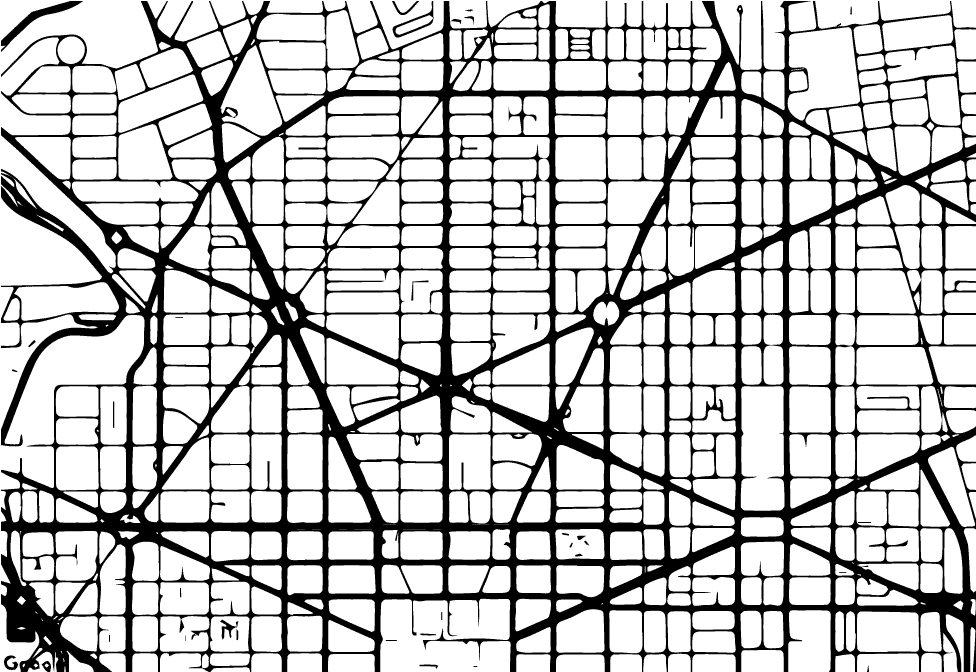Suggested Speakers
- Lindsay Jones | @LD_Advocate
VP of Policy and Advocacy, National Council for Learning Disabilities (NCLD) - Gail Belsky | @gailbelsky
Senior Writer, Understood and parent of children with ADHD
Learn how to cover “invisible disabilities” such as ADHD, dyslexia and other neurological/learning/attention issues @ONA17.
Session Description
Diversity includes more than race, gender, age or sexual orientation. One group of people, including millions of children, often overlooked when talking about diversity are those with so-called “invisible disabilities” such as ADHD, dyslexia and other neurological learning and attention issues that impact the ways in which one learns. This panel will explore the term “learning disability” the history behind the label, common myths, circumstances when the term must be used, and times when new expressions, like “learning and attention issues,” are more appropriate. It will teach journalists the correct language to accurately represent people with these challenges, where to find the best sources/resources for these stories, and discuss specific examples of who’s getting it right.
How does your submission contribute to the diversity of the conference?
Diversity is typically thought of as race, ethnicity, gender, sexual orientation or age. But "invisible disabilities" truly are intersectional (i.e., they can affect anyone) and are present in at least 20 percent of the U.S. population. As the coverage of invisible disabilities continues to grow, it is imperative that reporters know how to report and write about this group accurately.

